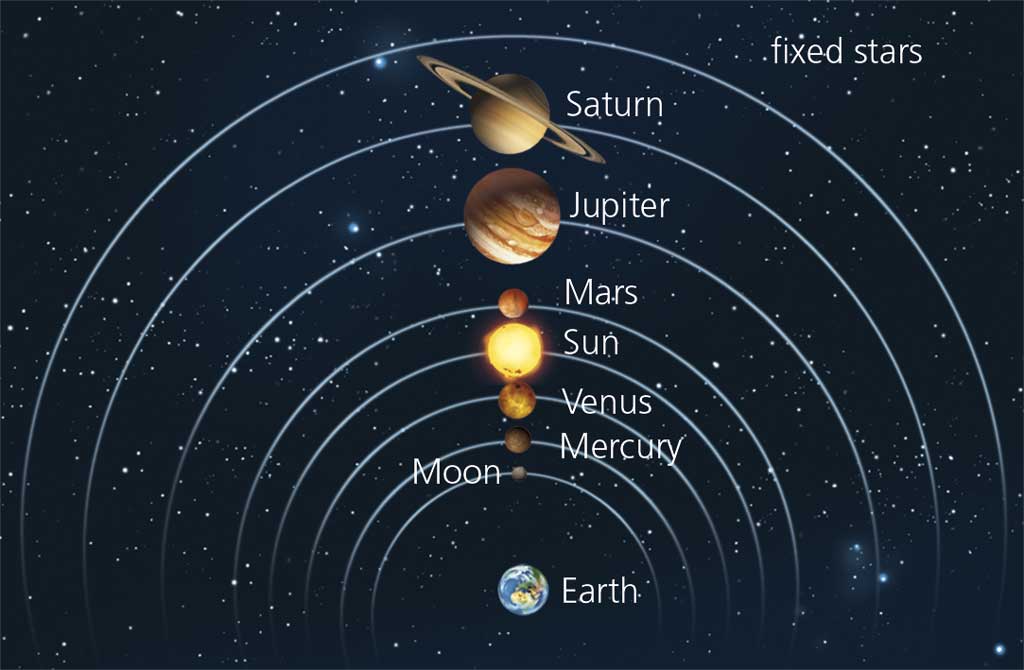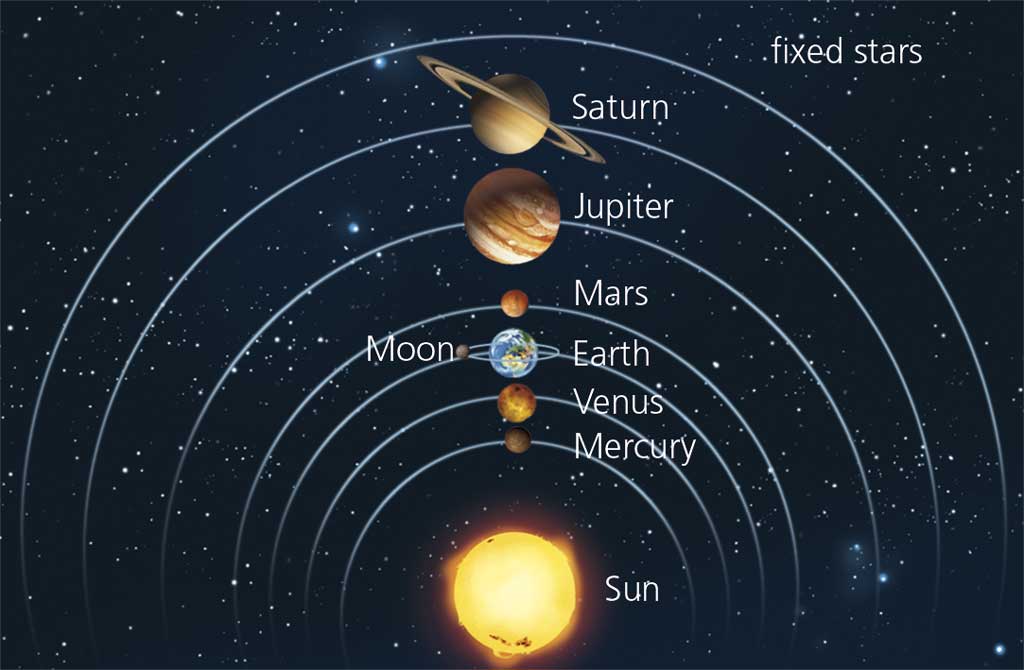We use cookies to improve and analyse your browsing experience on our web. You can accept these cookies, reject them or choose your settings by clicking on the corresponding buttons. Please note that rejecting cookies may affect your browsing experience. For more information you can consult our Cookies policy.
Cookies are an essential part of how our web works. The main goal of cookies is to make your browsing experience more comfortable and efficient and to improve our services and the web itself.
Here you can find all the information about the cookies we use and you can activate and/or deactivate them according to your preferences, except for those cookies that are strictly necessary for the operation of the web. Blocking some cookies may affect your experience on the web and how the site works. For more information you can visit our Cookie Policy.
These Cookies are necessary for the web to function and cannot be disabled on our systems. They are generally only set up in response to actions you may take such as requesting services, setting your privacy preferences, logging in or completing forms. You can set your browser to block or warn you about these cookies, but some parts of the web will not work. Information about Cookies.
These Cookies allow us to count the number of visits and traffic sources so that we can measure and improve the performance of our site. They help us to find out which pages are the most popular and least popular, and to see how visitors move around the web. All information collected by these Cookies is aggregated and therefore anonymous. If you do not allow these Cookies we will not know when you visited our web. Information about Cookies.
These cookies are used to analyse your activity in order to show you personalised advertisements.Information about Cookies.
Change theme

Revision mode

For thousands of years humans have wondered about the composition and origin of the Universe. The science that studies the origin and evolution of the Universe is astronomy.
Throughout history, astronomers have suggested different hypotheses to explain the origin of the Universe. Today, the theory most widely accepted by scientists is the Big Bang theory.
According to this theory, before the Universe originated, all matter was concentrated in one point. There was so much matter and energy accumulated in this point that the temperature was extremely high.
As a consequence, there was a huge explosion 13700 million years ago and this is the origin of everything that exists. Matter was released in all directions and the Universe expanded rapidly, in less than a second
Since then, the expansion of the universe has not stopped, although it expands at a slower rate.
13.25.57.png?idcurso=626939)
This modern theory explains what happened during the first moments after the Big Bang. It studies what occurred one second after the explosion.
13.24.54.png?idcurso=626939)
Different models have been proposed to explain the Earth's position in the universe. The two main models are the geocentric model and the heliocentric model.
|
Geocentric model |
Heliocentric model |
 |
 |
|
The prefix geo– comes from Greek and means ‘earth’. This model was suggested by Aristotle in the 4th century B.C. and was formalised by Ptolemy in the 2nd century A.D. This model was used until the 16th century. It is based on the following assertions: ❚ The Earth is spherical and is the centre of the Universe. ❚ The Sun, the Moon and the planets revolve in concentric circles around the Earth. ❚ The stars are fixed on a dome that also revolves around the Earth. |
The prefix helio– comes from Greek and means ‘sun’. This model was suggested by Aristarchus of Samos in the 2nd century B.C., but it was not until the 16th century that it was proposed by Copernicus and verified by Galileo. According to this model: ❚ The Sun does not move and is in the centre of the Universe. ❚ All the planets revolve around the Sun in concentric circles. ❚ The Earth rotates on its axis and the Moon revolves around the Earth. ❚ The stars are fixed on a dome that does not move. |
From the 17th century onwards, scientists, like Johannes Kepler, discovered that the stars are not fixed and that the orbits of the planets are elliptical.
The Universe is so immense that in order to measure distances between galaxies, we need to use different units of measurement to those we use to measure distances on Earth. These units are the light year and the parsec. To measure shorter distances, such as those between the stars and planets of our Solar system, we use astronomical units.
To have an idea of how far light travels in one year, first we need to find out how many seconds there are in this period of time.
Given that a year has 365 days, we make the following calculations:
Once we have already calculated how many seconds there are in a year, and knowing that light travels 30 0000 km per second:
31536000 s/year x 300000 km/s = 9460800000000 km
This means that in one second light travels approximately 9.5 billion kilometres.
For example, the closest star to the Solar System is Proxima Centauri, which is 1.31 parsecs or 4.28 light years away.
The enormous distance between the stars and the planets in our Solar System means that the light we see from the stars is light they produced in the past, and even the light of stars that are now extinct. It is the same with light from the Sun.
We know that Earth is 1 AU (150 000 000 km) from the Sun. We also know that light travels at 300 000 km/s. So:
That means that the light from the Sun takes a little more than 8 minutes to reach our planet.
Because the Universe is immense, we only know a very small part of it, in which there are countless galaxies.
Galaxies can have different shapes: elliptical, lenticular, spiral, barred spiral, and irregular. Spiral galaxies are the most common.

Galaxies group together forming clusters. These clusters can be composed of hundreds or even thousands of galaxies.
Although they do not contain stars, nebulae could have been formed from the remains of old stars that exploded.
Some nebulae are places where stars are formed. These are born from the concentration of gases and an increase in temperature. This is why nebulae and clusters of stars are frequently found together.
Activity 1
What would happen
Activity 2
Find out about the Steady State and the Oscillating Universe theory. Write a brief description.
Activity 3
Jupiter is around 5.19 AU from the Sun. How many thousands of kilometres is this equivalent to?
Activity 4
Put the following distances in order from largest to smallest: 1500 million km, 2 light years and 0.5 pc.
Activity 5
If the distance between Mars and the Sun is 228 million kilometres, how far is the Earth from Mars in millions of kilometres? How many AU units is the distance calculated equal to?
Activity 6
How many AU are there in a light year?
Activity 7
Match the beginning to the end of each sentence and discuss the differences between a galaxy and a nebula.
Activity 8
Find out the names of the nearest galaxies to us. Describe their shape and write their distances from our galaxy.
Activity 9
Observe the following images:

